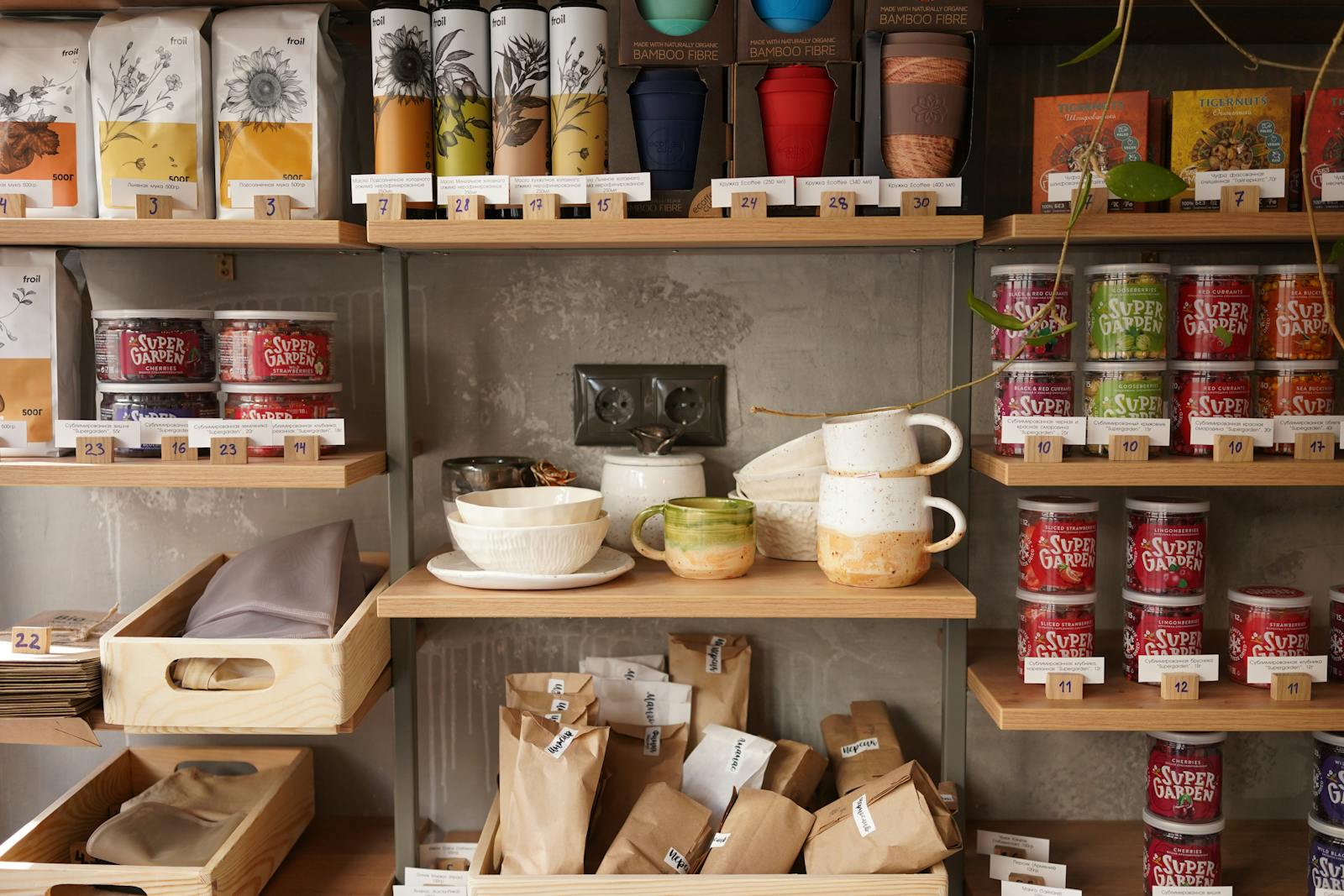Food waste is a significant global issue, with the average American household throwing away approximately 25% of the food they purchase. Beyond the environmental impact, this waste represents a substantial financial drain on your household budget. The good news is that with thoughtful organization and a strategic approach to your pantry, you can dramatically reduce how much food ends up in the trash.
A well-organized pantry not only helps you see what you have but also encourages smarter shopping habits and more efficient meal planning. Let’s explore practical, effective strategies to transform your pantry into a waste-reducing powerhouse.
Assess Your Current Pantry Situation
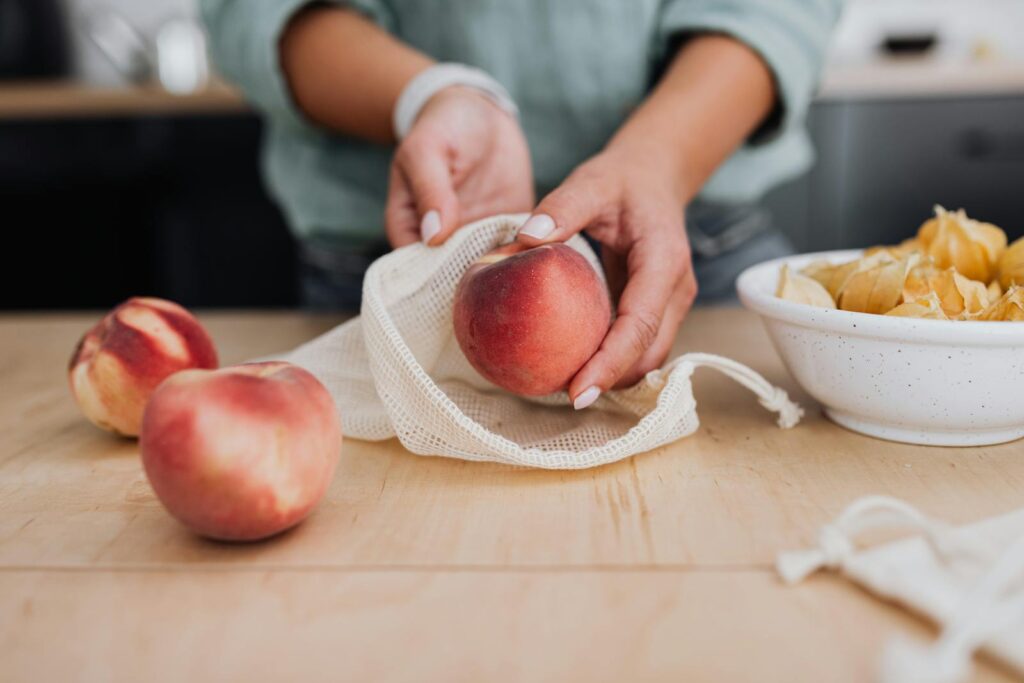
Before diving into reorganization, take time to understand your pantry’s current state. Empty all shelves completely, wiping them down as you go, and sort items into categories like grains, canned goods, snacks, and baking supplies. As you handle each item, check expiration dates and condition, immediately discarding anything that’s expired, stale, or showing signs of pest infestation.
This thorough assessment provides valuable insights into your purchasing patterns—perhaps you’re buying multiples of items you rarely use or forgetting about perishables tucked in back corners. Notice which foods consistently go unused and consider whether these are items you should stop purchasing altogether. This initial step, while time-consuming, creates a clean slate for implementing more efficient organization systems.
Implement the First In First Out Method

The FIFO (First In, First Out) method is a cornerstone principle in commercial kitchens that translates perfectly to home pantries. This approach involves placing newer purchases behind older items of the same type, ensuring you use products before they expire. When unpacking groceries, resist the temptation to simply place new items in front for convenience. Instead, take the extra moment to move existing inventory forward and position new acquisitions toward the back.
This simple habit dramatically reduces waste from expired foods and creates a natural rotation system. For added efficiency, consider using sloped organizers specifically designed to automatically slide older products forward as you remove items from the front. The FIFO method requires minimal ongoing effort once established but yields significant results in waste reduction.
Invest in Clear Storage Containers
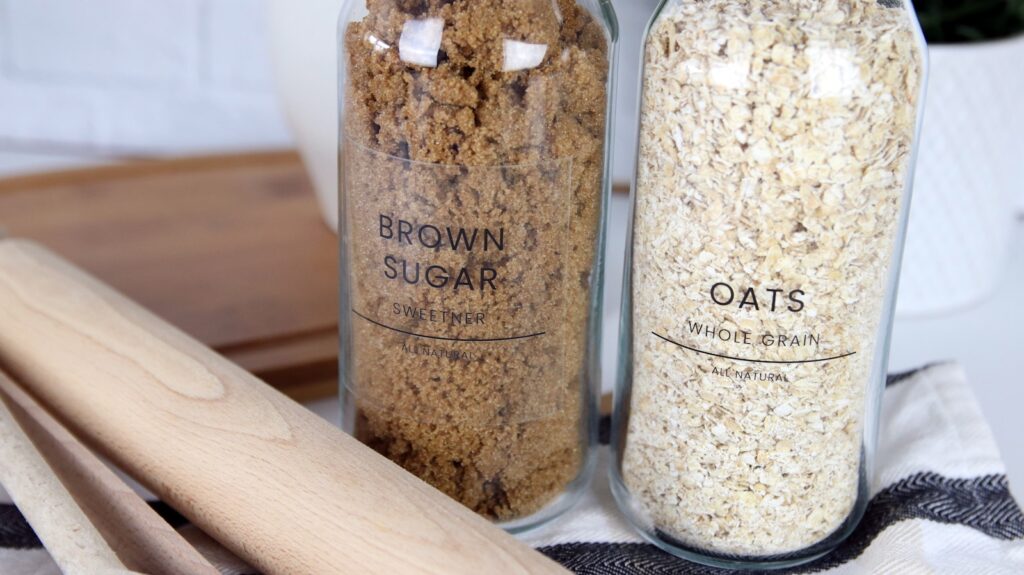
Transparent storage containers represent one of the most impactful investments for pantry organization and waste reduction. Transferring bulk items like flour, rice, pasta, and cereals from their original packaging into clear containers allows you to instantly assess inventory levels with a glance. This visibility prevents the common scenario of purchasing duplicates because you couldn’t see what you already had. Additionally, proper airtight containers extend the shelf life of many foods by protecting them from moisture, pests, and premature staleness.
When selecting containers, prioritize airtight seals, easy-to-open lids, and shapes that maximize your specific shelf dimensions. For greatest effectiveness, label each container with both the contents and the purchase or expiration date—a simple step that eliminates guesswork about freshness and usability.
Create Designated Zones Within Your Pantry
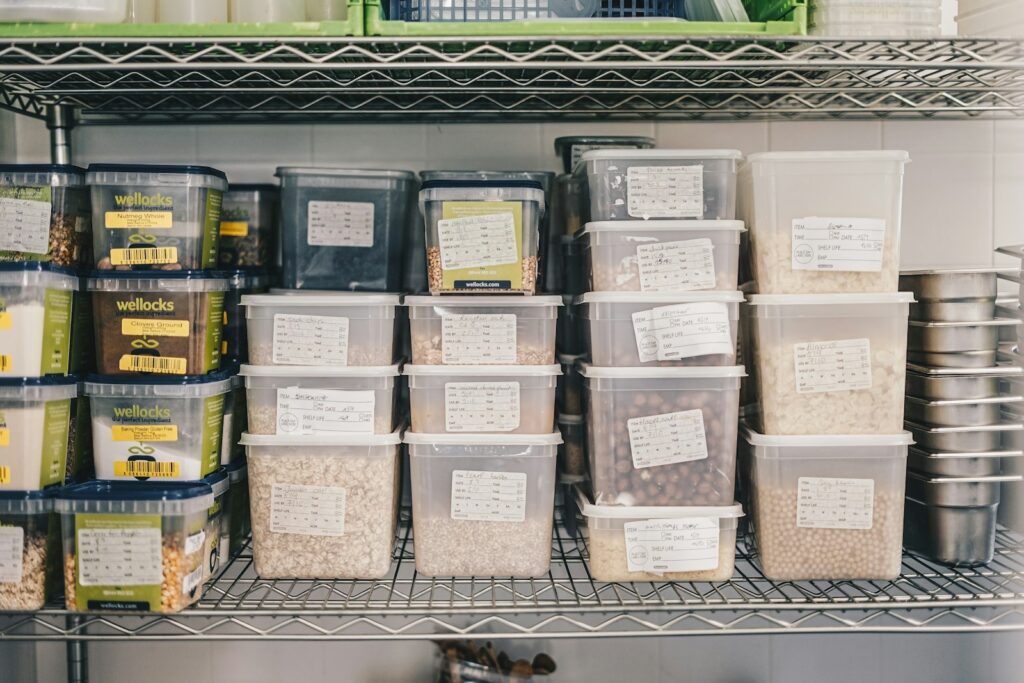
Organizing your pantry into clearly defined zones significantly improves efficiency and reduces waste through forgotten items. Establish distinct areas based on food categories, usage frequency, or meal types depending on your household’s needs. Common zone categories include breakfast foods, baking supplies, canned goods, snacks, and dinner ingredients. Within each zone, arrange items by frequency of use, with everyday products at eye level and occasional items stored higher or lower.
This zoning system makes inventory management more intuitive and simplifies meal planning since you can quickly see all relevant ingredients for specific meal types. For households with children, consider creating a designated snack zone at their height level containing parent-approved options, which prevents rummaging that can lead to displaced and forgotten items.
Maintain an Inventory System

A regularly updated pantry inventory becomes your secret weapon against food waste and unnecessary purchases. Create a simple spreadsheet or use a pantry management app to track what you have, quantities, and expiration dates. For a low-tech approach, keep a whiteboard or clipboard on your pantry door where you can note items as they run low or approach expiration. Review your inventory before making shopping lists to prevent duplicate purchases and identify items nearing their end date that should be prioritized in meal planning.
The most effective inventories include not just staples but also specialty ingredients purchased for specific recipes that might otherwise be forgotten. While establishing an inventory system requires initial effort, the ongoing maintenance becomes a quick routine that saves both money and reduces waste substantially.
Use Shelf Risers and Organizers

Maximizing visibility is crucial for preventing food waste, and specialized pantry organizers are invaluable tools for this purpose. Shelf risers, expandable shelves, and tiered organizers effectively create stadium-style seating for your food items, ensuring nothing gets lost in the back row. Drawer-style organizers that pull out completely are particularly valuable for deeper pantries where items in the rear frequently become forgotten until they’re expired.
Door-mounted racks utilize often-overlooked space and provide perfect visibility for smaller items like spice packets, bouillon cubes, or sauce mixes that might otherwise disappear in a drawer. Wire baskets allow air circulation for items like onions, potatoes, and garlic that require ventilation to prevent premature spoilage. Investing in these organizational tools may seem like an unnecessary expense initially, but they quickly pay for themselves by preventing waste from overlooked food items.
Implement a Strategic Labeling System
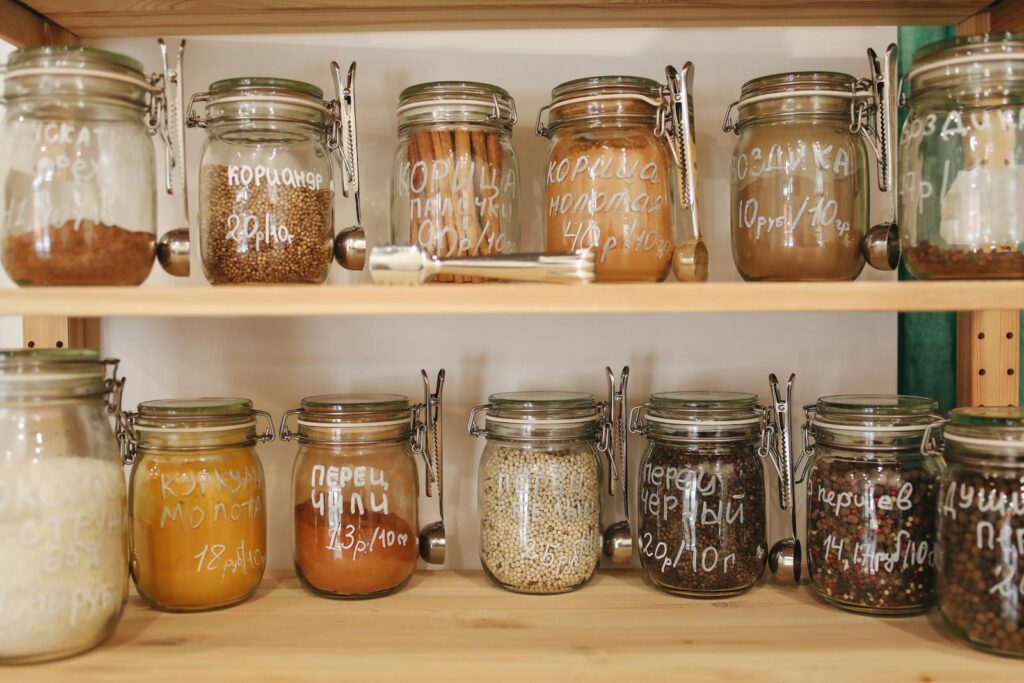
Clear, consistent labeling transforms a pantry from functional to exceptional in terms of waste prevention. Beyond simply identifying contents, a comprehensive labeling system should include purchase dates, expiration dates, and any preparation instructions for items transferred from their original packaging. For bulk ingredients like flour or sugar, include the date of transfer to the storage container, as these items do eventually lose freshness despite their long shelf life.
Consider color-coding labels based on meal types or food categories for even quicker visual organization. For households with multiple shoppers or cooks, standardized labeling prevents confusion about what needs to be used when. Removable or erasable labels work best for containers that are regularly refilled, allowing you to update dates without creating a messy appearance from old label residue.
Create a Use Soon Designated Area
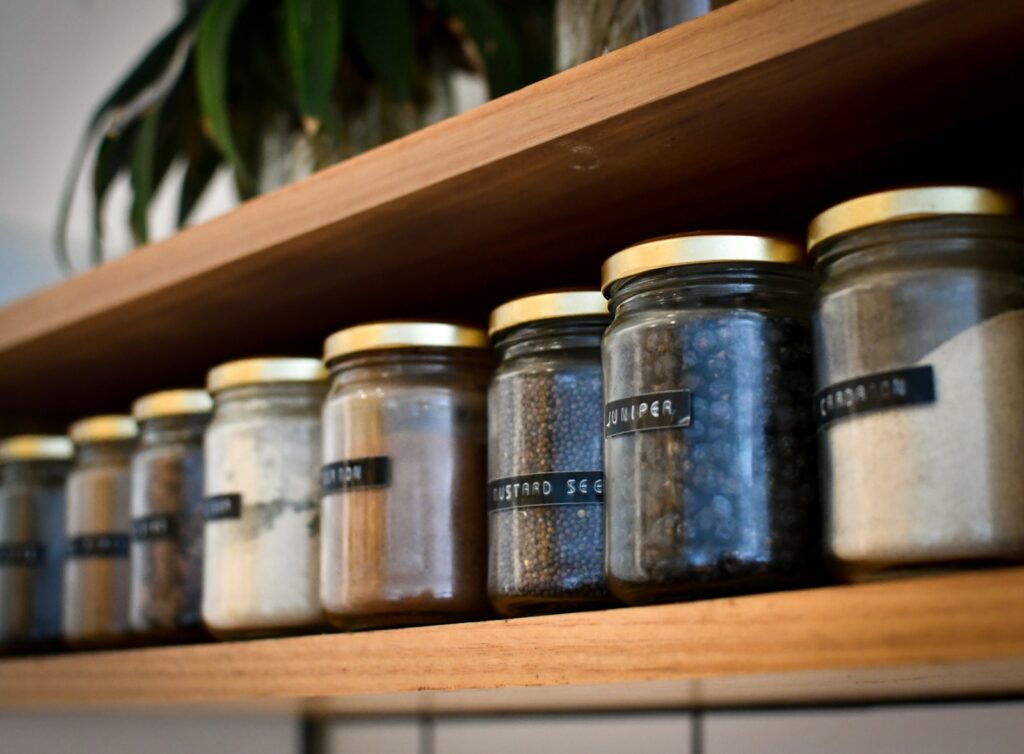
Establishing a specific “Use Soon” section in your pantry creates a visual priority system for ingredients approaching their expiration dates. Position this area at eye level where it’s impossible to miss during meal planning or cooking preparation. Make it a household habit to check this section first when deciding what to cook, essentially creating a first-line defense against waste. Moving items to this zone about 1-2 months before their expiration gives you ample time to incorporate them into your meal rotation without last-minute scrambling.
For maximum effectiveness, pair this physical reminder with a weekly review of what’s in the zone, potentially planning the upcoming week’s meals around these ingredients. Some families find it helpful to keep a small whiteboard in this area listing meal ideas that incorporate the soon-to-expire items, making it even easier to put them to good use.
Meal Plan Based on Pantry Inventory
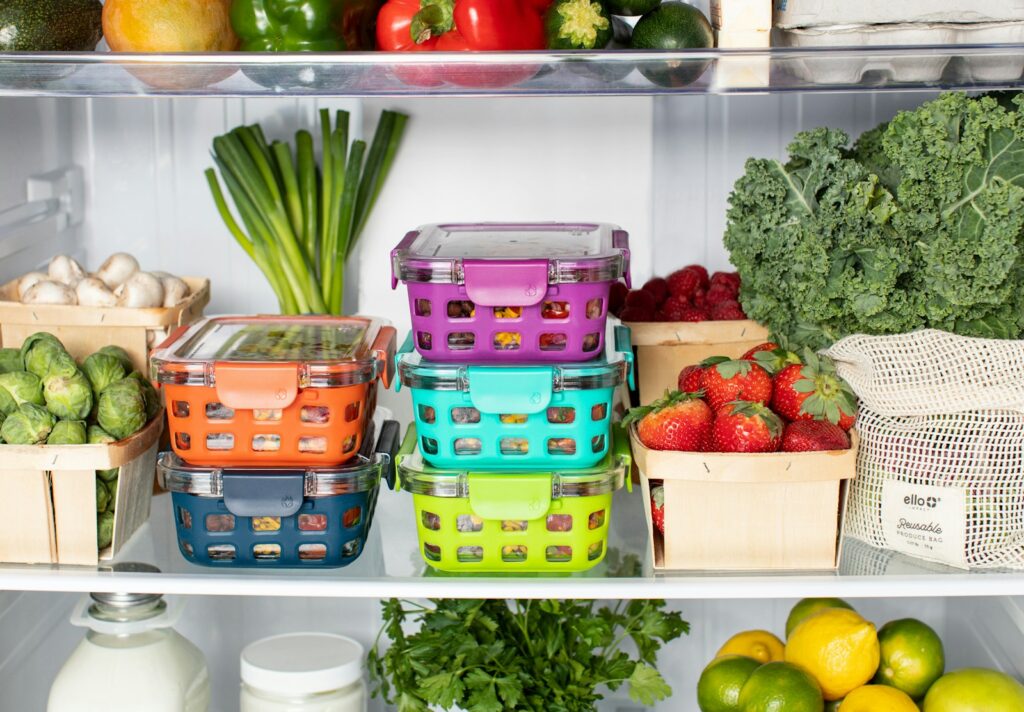
Reversing the typical meal planning approach yields remarkable waste reduction results. Rather than selecting recipes and then purchasing ingredients, start by surveying what’s already in your pantry, especially items approaching expiration, and build your meal plan around these existing ingredients. This inventory-first approach might require more creativity but prevents the common cycle of continuously purchasing new ingredients while existing ones languish unused.
Dedicate time weekly to this process—perhaps Sunday afternoon before grocery shopping—assessing what needs to be used and searching for recipes incorporating those specific ingredients. Various recipe search engines allow you to enter ingredients you have on hand and generate appropriate recipe suggestions. This method not only reduces waste but often introduces new favorite recipes and reduces grocery expenses by maximizing use of items you’ve already purchased.
Right Size Your Purchasing Habits
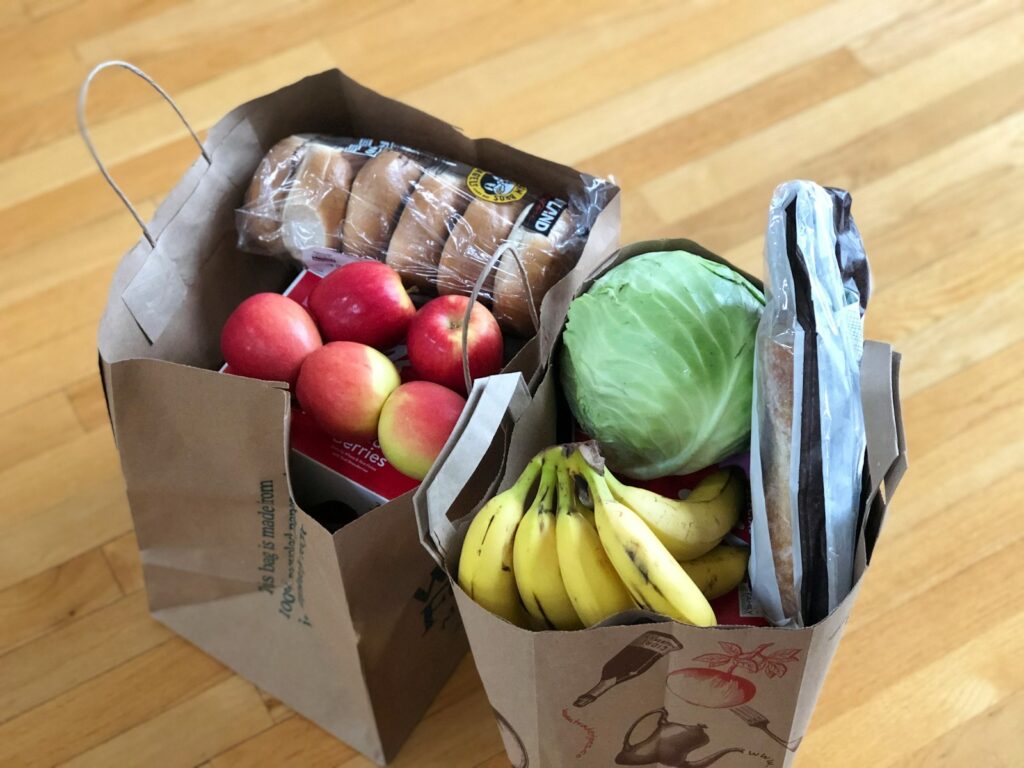
Bulk buying can be economical, but only when aligned with your actual consumption patterns—otherwise, it becomes a primary contributor to food waste. Analyze your household’s genuine consumption rates for different items and adjust purchasing quantities accordingly. For instance, while your family might quickly use a large container of oatmeal, the same volume of specialty flour might exceed its shelf life before you can use it all. Create a personalized “buy in bulk” list for high-use items and a “buy small” list for rarely-used ingredients or those with shorter shelf lives.
Pay particular attention to perishable pantry items like nuts, which can go rancid, or specialty oils that deteriorate over time. For households experiencing changing needs—such as children leaving for college or dietary shifts—regularly reassess these consumption patterns as what once was quickly used might now become waste-prone.
Understand Proper Storage Conditions
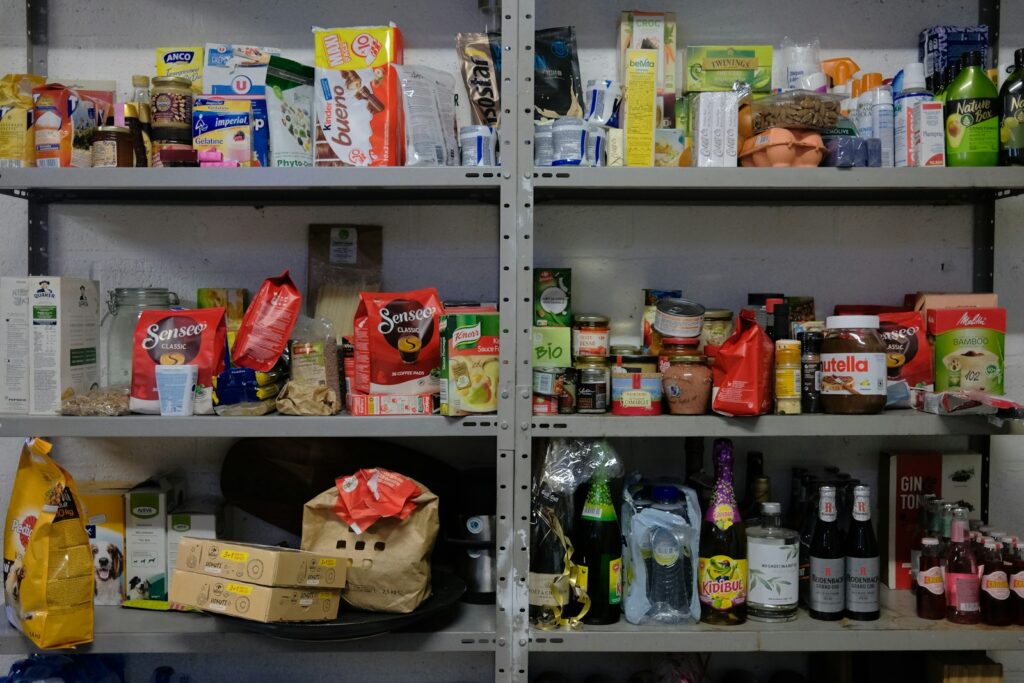
Different pantry items have vastly different optimal storage requirements, and understanding these variations significantly extends shelf life and reduces waste. Oils and nuts, for example, benefit from cooler storage away from light to prevent rancidity, while many spices retain flavor longer when stored away from heat sources like the stove or oven. Certain fruits and vegetables shouldn’t be stored together—apples release ethylene gas that accelerates ripening in many other produce items.
For items requiring specific humidity levels, consider specialized storage containers with ventilation control. Temperature consistency matters tremendously for pantry longevity, so position temperature-sensitive items away from exterior walls that might experience temperature fluctuations, appliances that generate heat, or windows that allow direct sunlight. Taking time to learn the specific needs of your most-purchased items and organizing your pantry to accommodate these requirements can extend usability by months for many products.
Establish Regular Pantry Maintenance Routines
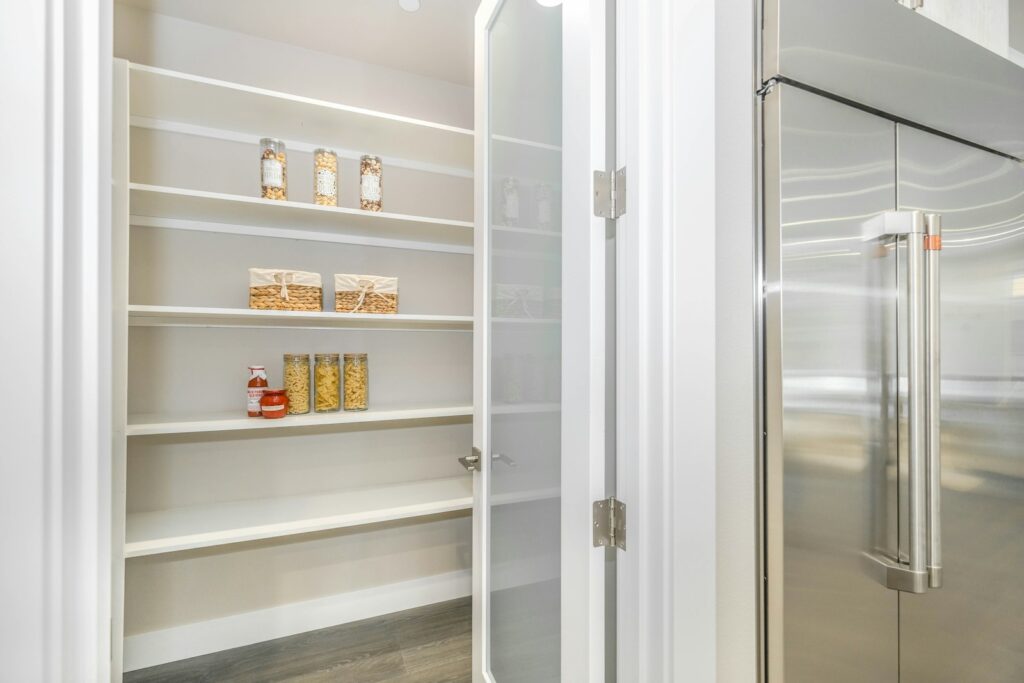
Even the most perfectly organized pantry requires regular maintenance to continue functioning effectively as a waste-reduction system. Schedule a monthly “pantry sweep” where you check for items approaching expiration, wipe down shelves, and ensure everything remains in its designated location. Quarterly, conduct a more thorough review, removing everything from shelves to clean thoroughly and reassess your organizational system’s effectiveness. Before major holidays or events that typically involve significant cooking, perform a pre-event inventory to incorporate existing ingredients into your special occasion menu planning.
Make pantry maintenance a family responsibility by assigning age-appropriate tasks to different household members, creating shared ownership of the food waste reduction goal. Consistent maintenance prevents the common cycle of organizing perfectly, gradually slipping back into disorder, and then needing another major reorganization—a cycle that often leads to discovering expired food that could have been used.
Embrace Food Preservation Methods
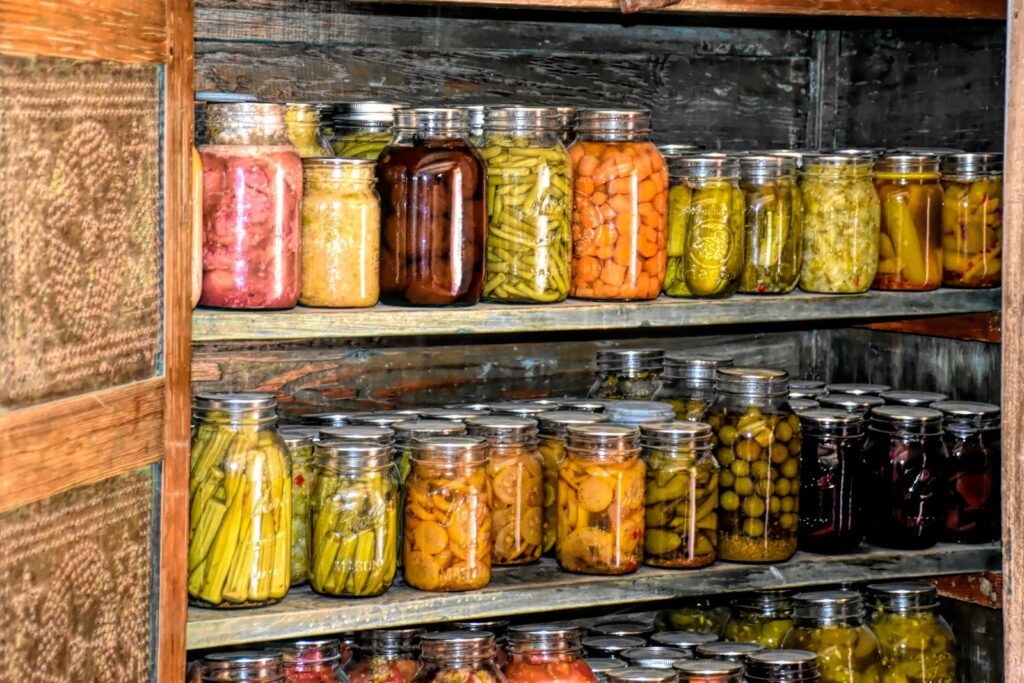
Learning basic food preservation techniques provides valuable tools for rescuing pantry items before they become waste. Simple methods like freezing can extend the life of many items—nuts and whole grain flours, which can go rancid in pantries, maintain freshness for months in the freezer. Dehydrating fruits, vegetables, or herbs that are approaching their prime creates shelf-stable ingredients for future use. Pickling or canning represents another preservation approach particularly useful for garden harvests or bulk purchases.
Even learning to properly store partially used ingredients, such as transferring the contents of opened tomato paste cans to freezer containers in usable portions, significantly reduces day-to-day waste. By incorporating these preservation techniques into your routine, you create a second chance for items that might otherwise be discarded, effectively extending your pantry’s usefulness and reducing waste even when your initial organization plans don’t work perfectly.
From Clutter to Clarity Transforming Your Pantry for Waste Reduction

Transforming your pantry into a waste-reducing space doesn’t happen overnight, but implementing these strategies systematically will yield significant results. Begin with a thorough assessment and reorganization, then gradually incorporate the habits that maintain this system—proper labeling, strategic shopping, inventory management, and regular maintenance.
The benefits extend beyond waste reduction to include financial savings, reduced environmental impact, and the satisfaction of running an efficient kitchen. Remember that the perfect pantry system is the one that works for your specific household needs and habits. By customizing these approaches to fit your lifestyle, you’ll create a sustainable solution to food waste that becomes second nature over time.

